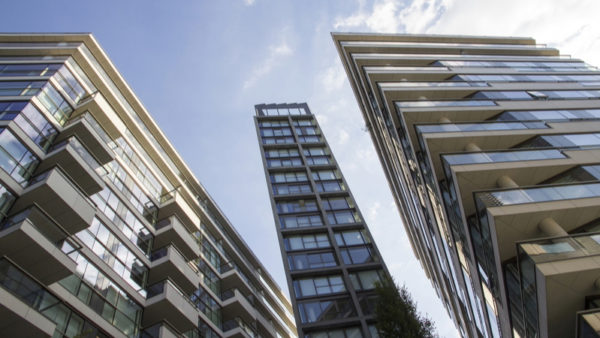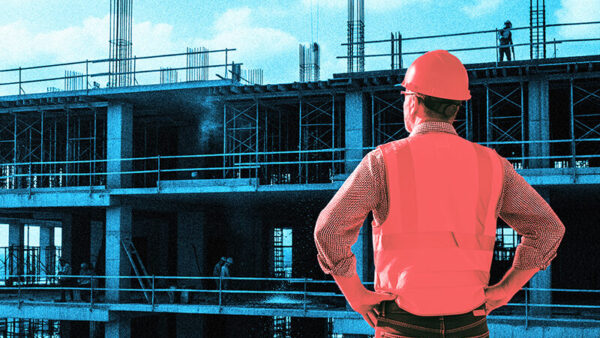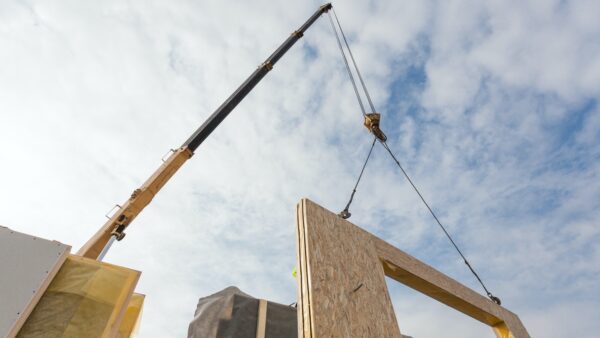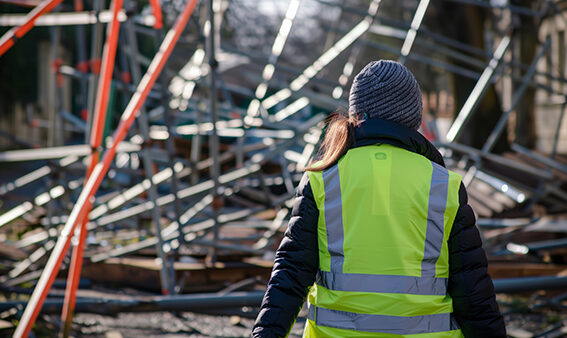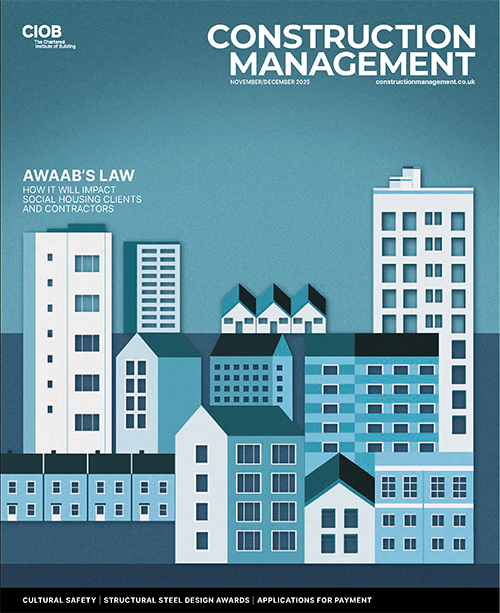Tim Hillier and Olivia Jenkins explore the impact of the recent landmark building safety Supreme Court judgment in URS Corporation Ltd v BDW Trading Ltd.
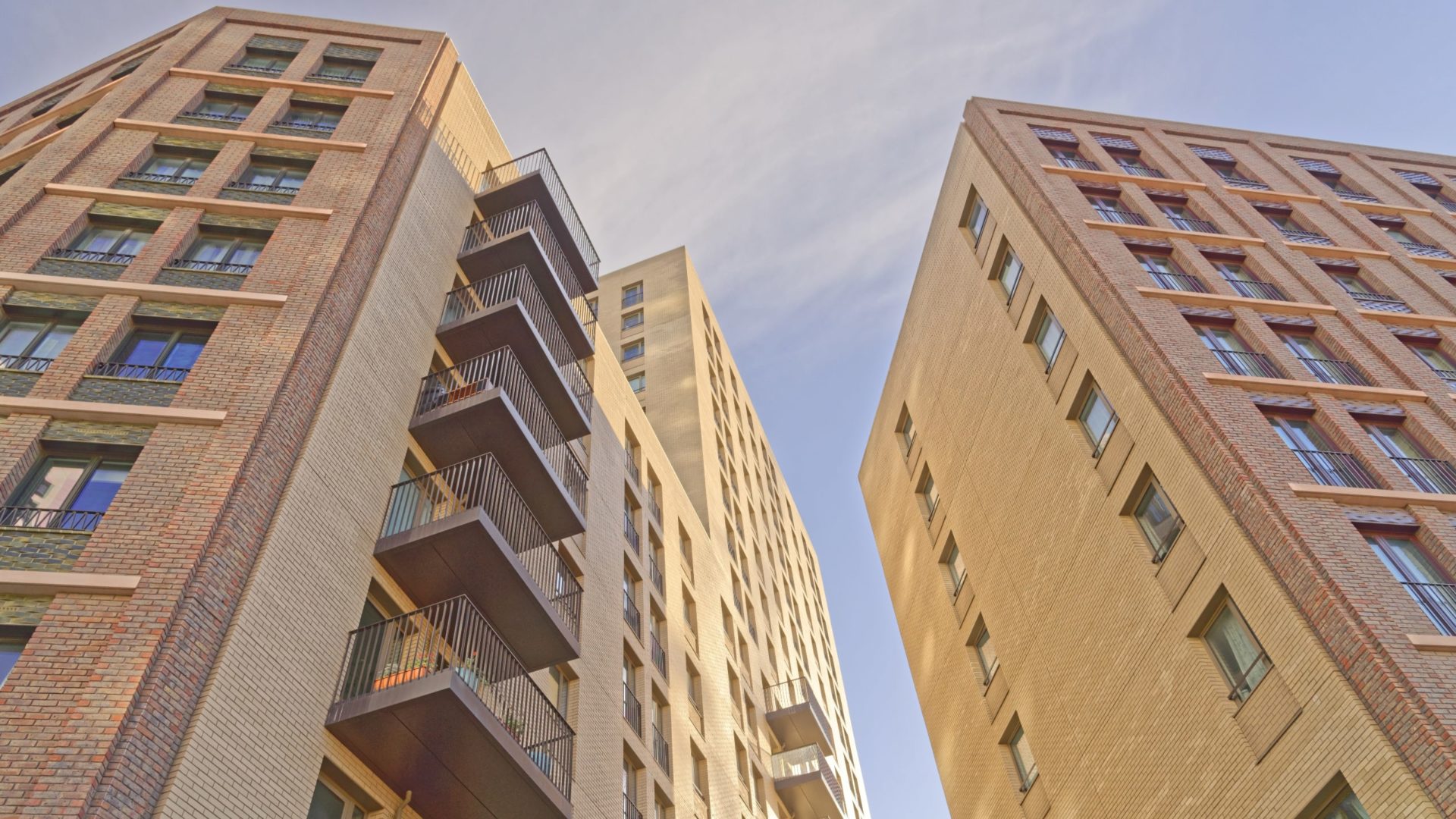
On 21 May, the Supreme Court handed down its long-awaited judgment on URS Corporation Ltd v BDW Trading Ltd.
Although the judgment did not decide the outcome of BDW’s underlying claim for the recovery of losses from URS, it nonetheless provides useful guidance regarding the applicability of extended time limits for pursuing certain statutory claims following the introduction of section 135 of the Building Safety Act (BSA).
It is also helpful to further understand the circumstances in which the cost of remediating defects can, in principle, be recovered from consultants and contractors in claims of negligence and in statute under the Defective Premises Act (DPA) and the Contribution Act.
Underlying dispute
BDW’s underlying claim arose following the discovery of design defects in multiple high-rise residential buildings (the developments), which were developed by BDW, the original owner.
URS was contractually appointed by BDW to provide structural design services during their development.
When BDW remedied the defects, it no longer owned the developments and no related claim had been intimated against it.
At that time, the time limit for pursuing claims arising from breach of URS’s contract, or statutory duty, under the DPA had expired, so BDW commenced court proceedings against URS to recover its losses in the tort of negligence. This required BDW to establish (within applicable time limits) that:
- URS owed BDW a common law duty of care, which required URS to guard BDW against the economic loss it incurred (which was largely confined to the cost of, and associated to, curing the defects);
- URS breached that duty by failing to exercise reasonable skill and care in the provision of its design services; and
- URS’s breach caused BDW to suffer the economic loss sought in this claim.
The losses claimed by BDW were purely economic as they were incurred without ‘physical damage’ to the developments.
Pure economic loss is only recoverable in negligence claims if it is proven that a party (such as URS) assumed responsibility for guarding another (such as BDW), against that loss.
The court’s first decision
At a preliminary issues trial, the court made the following declarations, which were unsuccessfully appealed by URS:
- in the tort of negligence, BDW’s right to bring a claim arose at the date of practical completion at the latest, and URS’s duty of care required it to guard BDW against suffering the types of loss claimed, save for those relating to alleged reputational damage; and
- the types of loss claimed by BDW (save for those arising from alleged reputational damage) were recoverable ‘in principle’ (subject to causation and mitigation of loss being proven).
The court’s permission to extend BDW’s claim
On 28 June 2022, section 135 of the BSA introduced an extended retrospective time limit of 30 years for bringing claims that had arisen by virtue of section 1 of the DPA before 28 June 2022.
The court subsequently granted BDW permission – which was unsuccessfully appealed by URS – allowing BDW’s claim to be amended to capture claims:
- under the DPA: Section 1 of the DPA requires a person taking on work in connection with the provision of a dwelling to see that the work is done in a workmanlike or professional manner with proper materials so that, as regards that work, the dwellings are fit for habitation upon completion.
- for contribution under the Contribution Act: If two parties are liable for the same damage; section 1 of the Contribution Act provides a liable paying party with a statutory right to recover a payment contribution from another liable party. BDW claimed that BDW and URS were liable to owners and occupiers of the developments for the same damage under the DPA when BDW’s loss was incurred.
URS appealed to the Supreme Court.
What the Supreme Court ruled
In dismissing URS’s appeal last week, the Supreme Court determined that:
URS owed a duty to guard against pure economic loss
URS’s assumption of responsibility in the tort of negligence extended to a duty “to guard BDW against the very type of loss – the repair costs to the developments – that BDW has incurred“.
‘Voluntarily’ incurred loss is recoverable
No rule of law prevents the recovery of voluntarily incurred loss, as alleged by URS.
Losses incurred by BDW were arguably not ‘voluntary’ because, if left unremedied:
- BDW risked reputational damage
- occupants risked death or injury, for which BDW might be legally liable; and
- BDW still had a legal liability to the occupants to remedy the defects; the remedy was only unenforceable due to the (then) expiry of time limits for pursuing claims against it.
Developers can be owed a duty under the DPA
BDW, as a commercial developer, is owed a statutory duty by URS under the DPA as URS’s services were provided at the developments “to the order” of BDW, and any person to whose “order” a dwelling is built is owed a duty under section 1 of the DPA.
The types of loss claimed by BDW are recoverable in a claim under the DPA.
There is no reason a party, like BDW, cannot simultaneously owe a duty (i.e. to homeowners) and be owed a duty (i.e. by its designers/contractors) under the DPA.
The extended retrospective time limit under the DPA applies
The retrospective 30-year time limit for bringing claims that accrued under the DPA before 28 June 2022 applies to proceedings commenced before that date, including BDW’s claim. It would only not apply if:
- a claim settled or was subject to a judgment before 28 June 2022; and/or
- its applicability would breach Convention rights under the Human Rights Act.
The extended time limit extends beyond DPA claims
The extended retrospective 30-year period for bringing claims arising by virtue of section 1 of the DPA also applies to onward claims (including in negligence and for contribution) if the right to bring that claim is dependent upon the DPA.
Entitlement to a contribution arises when payment is made
The right to recover a contribution from another party arises when payment is first made in connection with damage for which both parties are liable, which, in this case, was when BDW remediated the defects.
Issues of causation and mitigation are to be continued…
Liability for the sum incurred by BDW – including questions regarding the reasonableness of incurred losses, the extent to which BDW’s losses were directly caused by any breach(es) by URS and/or whether BDW’s actions broke the chain of causation between any breach of duty and loss incurred – will be determined separately by the courts unless a prior settlement is reached.
A useful legislative clarification
The Supreme Court’s decision, particularly regarding recoverability of ‘voluntarily’ incurred loss, encourages the timely remediation of defective buildings and offers useful legislative clarification that is capable of impacting other live building safety claims.
The Supreme Court was particularly clear in its reasoning that extended time limits for pursuing claims under section 1 of the DPA must apply to related claims to avoid a scenario in which a claim involving a building safety defect is pursued against a developer under the DPA, but the developer is time barred from pursuing an onward claim against a directly responsible contractor.
The court’s approach here is perhaps unsurprising given the legal policy that underpins building safety, which the Supreme Court noted is intended to incentivise claimants like BDW to proactively remediate defects (to remove danger to occupants), and to ensure that remediation costs are borne by those responsible.
On this footing, a contrary outcome would have arguably been at odds with the purpose for which the legislative changes introduced by the BSA were seemingly intended.
Tim Hillier is a partner and Olivia Jenkins a senior associate in the Construction Disputes department at Trowers & Hamlins.



